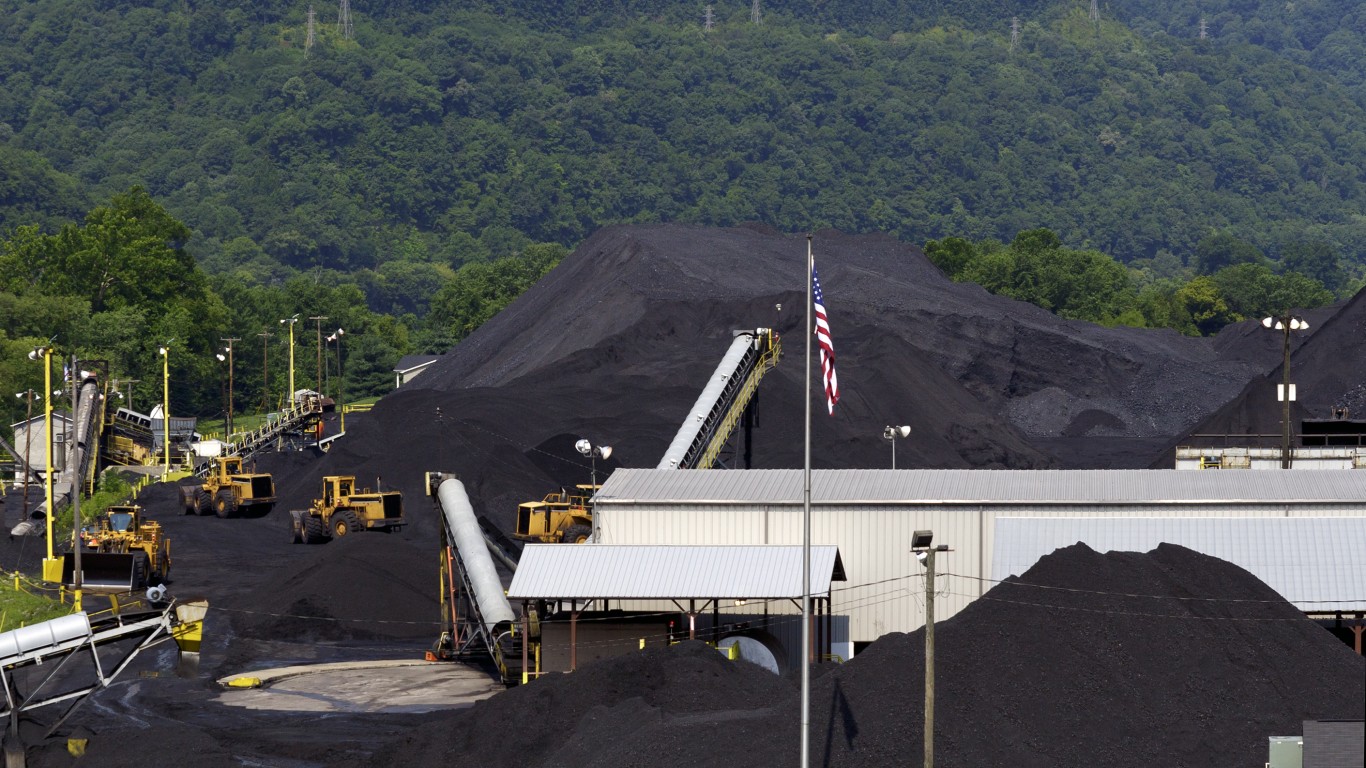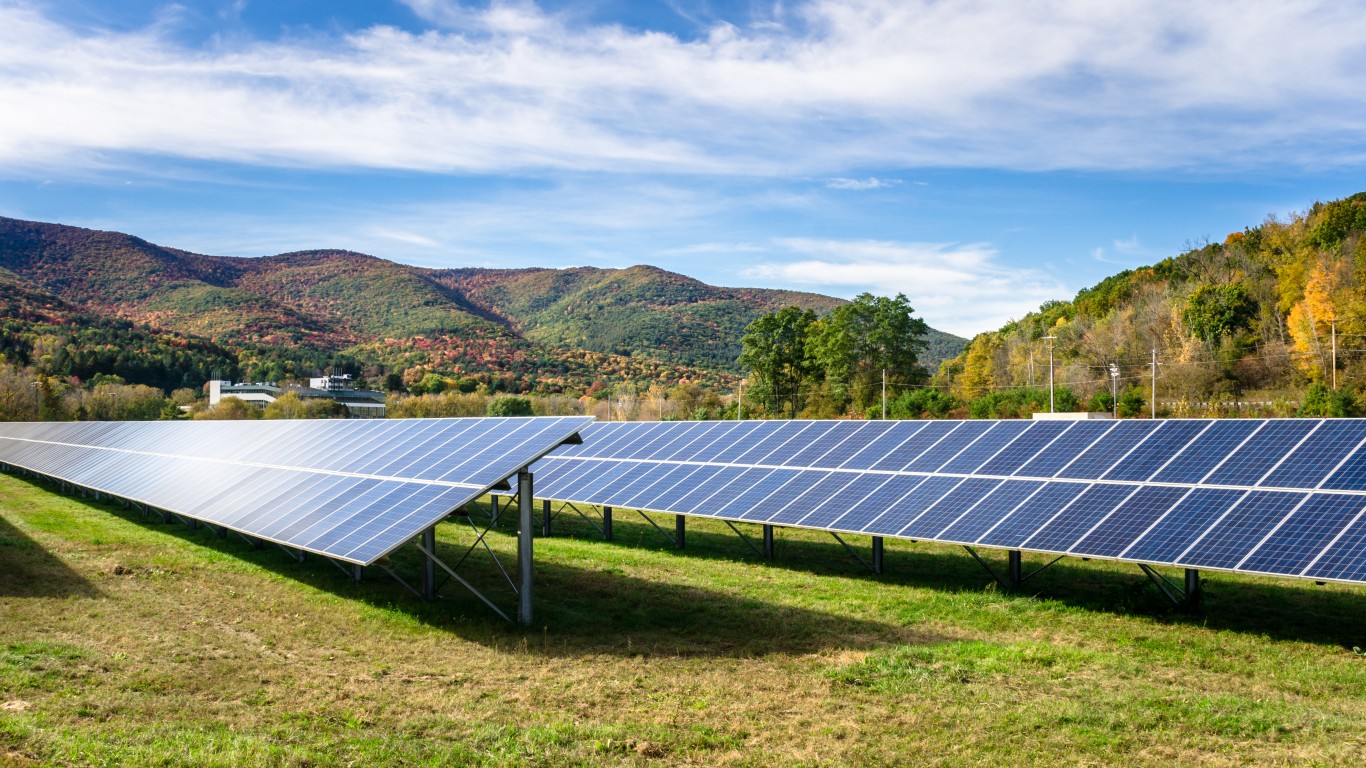
It has been no secret that the rapid spread of the coronavirus to nations outside of China has been a weight on financial markets, as well as many commodities that rely on healthy economies to keep their prices higher. This has definitely been the case when it comes to oil. Now West Texas Intermediate (WTI) crude has broken under $52 per barrel and is close to testing the $51 mark.
A Fitch Ratings report points out that the coronavirus outbreak could curb oil demand growth if it continues to spread. On top of lower international demand, Fitch says this could lead to an extended production surplus due to production growth in Brazil, Norway and the United States. Fitch warns that the magnitude of that surplus will depend on both how long the coronavirus outbreak lasts and the ability of OPEC and other oil-producing countries to adjust their production levels.
WTI ended 2019 at roughly $61 per barrel and broke under $60 after the first week of the new year, with very few positive days since then. Challenging the $52 mark and then the $51 mark comes with a risk on oil charts that there could be nothing but dead air down to $49 or even $48.
Unfortunately, volatility is expected to remain. Fitch’s report noted: “We expect oil prices to remain highly volatile in 2020, with geopolitical tensions and economic sentiment being other key drivers.”
Fitch’s view is more on Brent crude, noting that the prices in early January of just under $70 per barrel were down to about $56 most recently. The outlook further said:
Oil demand losses are difficult to estimate at this stage, but would come from a combination of reduced air travel, lower domestic road transportation and a longer-than-expected halt of manufacturing activities. The Chinese authorities have extended the Lunar New Year holidays and quarantined about 50 million people living in the Hubei province, which remains the hardest hit. Several other provinces have restricted inter-provincial travel and advised companies to remain closed for at least a week.
The impact on Chinese domestic oil products consumption will depend on how quickly transportation and industrial activities will return to normal levels. Demand for imported oil could take even longer to recover, as refineries, which were facing a capacity surplus before the outbreak, will need to absorb excess inventories. The WHO’s declaration of a public health emergency of international concern could dampen China’s trade activities and further reduce domestic fuel consumption, with a more tangible impact on global oil supply-demand balance.
The Fitch view hinges largely on China, but many other locales have to be considered. China was shown to account for roughly 15% of global oil consumption, but the nation is also the main driver of global demand growth, as its contribution to total global consumption growth averaged about 36% over the past five years (and should have accounted for about 40% of that total in 2020). Other Asian countries, including India, were projected to provide another 30% of that total global demand growth.
One warning about oil production versus supplies in 2020 was that the oil market already was expected to be adequately supplied in 2020. The Fitch report indicated that the U.S. Energy Information Administration expected oil supply to exceed demand by roughly 250,000 barrels per day, and newly tapped Guyana production was added to that of the nations of the United States, Brazil and Norway. Additional production cuts from OPEC+, which were already agreed to for the first quarter of 2020, may not fully offset the new higher production rates.
As for the price outlook in 2020, Fitch noted that managing production from OPEC+ and the “price sensitivity of US shale” would make a protracted dip of Brent oil prices below $50 per barrel “not very likely even in a stress-case scenario.” The bad news there is that this forecast is on Brent, and that would indicate close to another 10% drop under the scenario just mentioned.
The Average American Is Losing Their Savings Every Day (Sponsor)
If you’re like many Americans and keep your money ‘safe’ in a checking or savings account, think again. The average yield on a savings account is a paltry .4% today, and inflation is much higher. Checking accounts are even worse.
Every day you don’t move to a high-yield savings account that beats inflation, you lose more and more value.
But there is good news. To win qualified customers, some accounts are paying 9-10x this national average. That’s an incredible way to keep your money safe, and get paid at the same time. Our top pick for high yield savings accounts includes other one time cash bonuses, and is FDIC insured.
Click here to see how much more you could be earning on your savings today. It takes just a few minutes and your money could be working for you.
Thank you for reading! Have some feedback for us?
Contact the 24/7 Wall St. editorial team.



